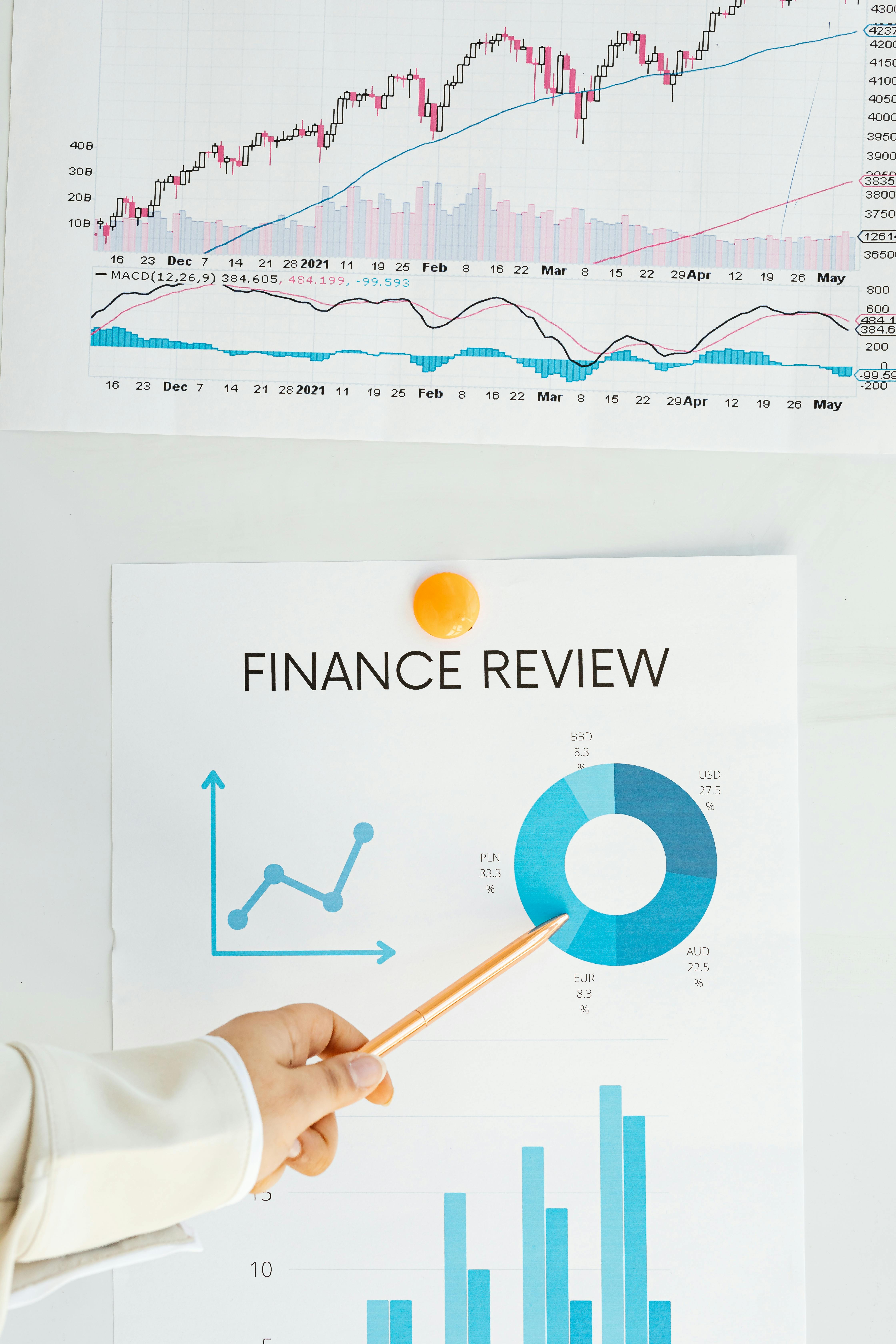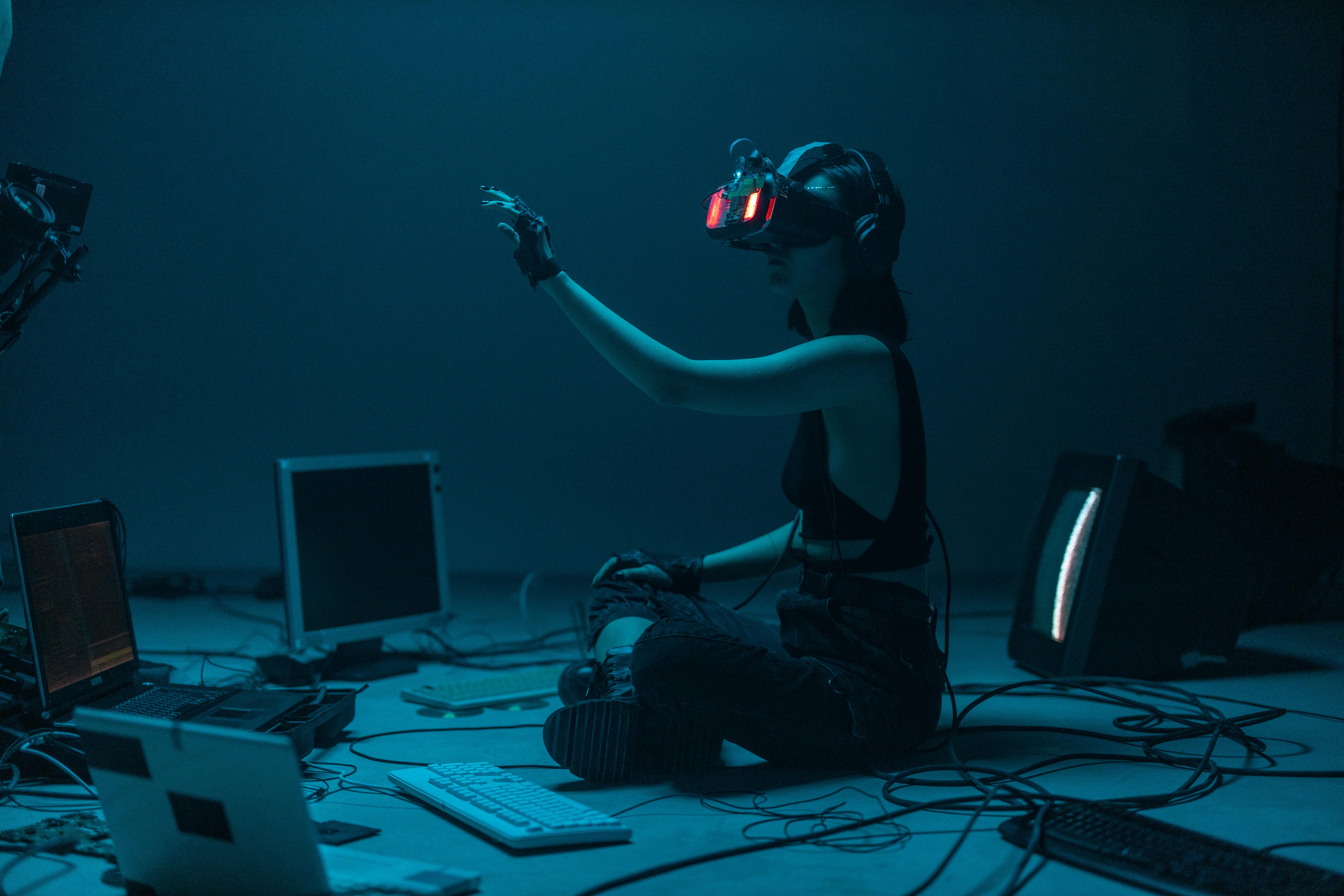Exploring AI in Image Manipulation: Revolutionary Tech and its Potential Risks

Technological advancements have brought us deep into the realm of artificial intelligence (AI). One fascinating application, AI Image Manipulation, is making waves in creative industries as a revolutionary tool for image enhancement and visual effects. But like any powerful tool, it has its own share of risks and pitfalls. It's imperative to understand all aspects of this technology as we delve deeper into the era of AI.
Understanding AI Image Manipulation and Its Impact
AI Image Manipulation is an AI-driven technique in which images are manipulated or altered to create an image different from the original one. This technology has been adopted worldwide in diverse fields such as marketing, social media, entertainment, and more. The main attribute that sets it apart is that it uses AI and machine learning (ML) to generate realistic manipulated images that can be indistinguishable from real ones—a feat impossible to be achieved by human capabilities alone.
Positives of AI Image Manipulation
The benefits of AI Image Manipulation are profuse. For instance, it can bring life into a photoshoot, instantly editing photos taken on simple cameras to match the quality of pictures shot on professional ones. It is also capable of creating striking visual effects that can significantly drive engagement and go viral on social media platforms. Enhancing and editing images with AI effortlessly caters to the demand for high-quality visuals in today's digital age.
AI Image Manipulation also holds prominence in the entertainment industry. From Hollywood to small-scale content creators, this technology is being used for creating mesmerizing visual effects with reduced manual efforts and costs. Its abilities range from removing objects, adding elements, modifying the environment, and even changing facial expressions.
Challenges and Threats of AI Image Manipulation
Regardless of its array of benefits, AI Image Manipulation is not without its share of challenges and threats. One of the main concerns associated with this technology is the rise of deepfakes. Deepfakes are manipulated images or videos produced with AI that depict fake events as real by replacing the original person with someone else's likeness. This could pose significant threats ranging from misinformation and defamation to security risks and privacy invasions.
Privacy concerns are prominent due to the technology's inherent capability to create life-like images that are hard to distinguish from reality. Moreover, there are issues related to consent and ethical considerations when using someone's likeness without their knowledge or consent.
Policies and Safeguards Against Misuse
As the implications of AI Image Manipulation continue to evolve, it's essential to establish policies and practices to prevent misuse. There's a dire need for regulations that delineate clear guidelines regarding the usage and ethical implications of this technology, as well as enforce sanctions for misuse. Until such a comprehensive legal framework is put in place, users must approach this technology responsibly and ethically.
Moreover, technology also needs to rise to the challenge of detecting and combating the threats associated with AI image manipulation. Harnessing AI in developing algorithms that can recognize manipulated images or deepfakes might set a potential countermeasure against these fraudulent acts.
The Future of AI Image Manipulation
The realm of AI image manipulation is still expanding with continuous improvements and innovations. Its potential to transform industries while adding a new dimension to creative expression is palpable. However, it's crucial that we tread this path with caution, taking all necessary measures to prevent its potential misuse while reaping its enormous benefits. The evolution of AI Image Manipulation opens up an exciting yet daunting horizon, necessitating a balance of innovation and regulation.



